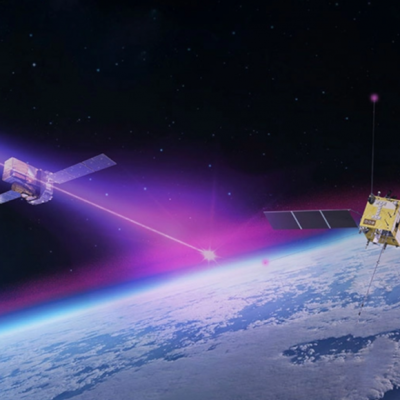NASA Scientists Modify Theoretical Model for Warp Drive
NASA scientists have modified a theoretical model for a warp drive, which has been a staple of science fiction series like Star Trek for years, and have found it to be plausible and feasible. The need for faster propulsion technology for spacecrafts is crucial if humanity is to travel to other stars. With current technology, a trip to the nearest star, Alpha Centauri, which is 4.34 light years away, would take approximately 70,000 years. Even with the speed of light, the journey would still take over four years. The warp drive is a popular topic among scientists as it allows for travel at faster-than-light speeds without violating the laws of physics. However, the energy required for such a drive has been deemed unrealistic until now.
Theoretical models for warp drives have existed for years, but the energy required for such a drive has been considered too immense for it to be feasible. The warp drive would manipulate the space-time around the spacecraft, allowing it to bypass the speed of light. The spacecraft would be in a bubble that contracts the space in front of it and expands the space behind it, allowing it to move on a wave in space-time. The Mexican physicist Miguel Alcubierre created a model for a functioning warp metric in 1994, which required an enormous amount of energy and exotic matter. However, other scientists have since modified the model, reducing the amount of exotic matter needed to just a few milligrams.
If scientists are able to construct a usable warp drive with a speed ten times that of light, a direct flight from one end of our Milky Way galaxy to the other would still take 10,000 years, and a flight to the neighboring Andromeda galaxy would take approximately 250,000 years. The possibility of a warp drive brings humanity one step closer to interstellar travel, but there is still much work to be done before it becomes a reality.










